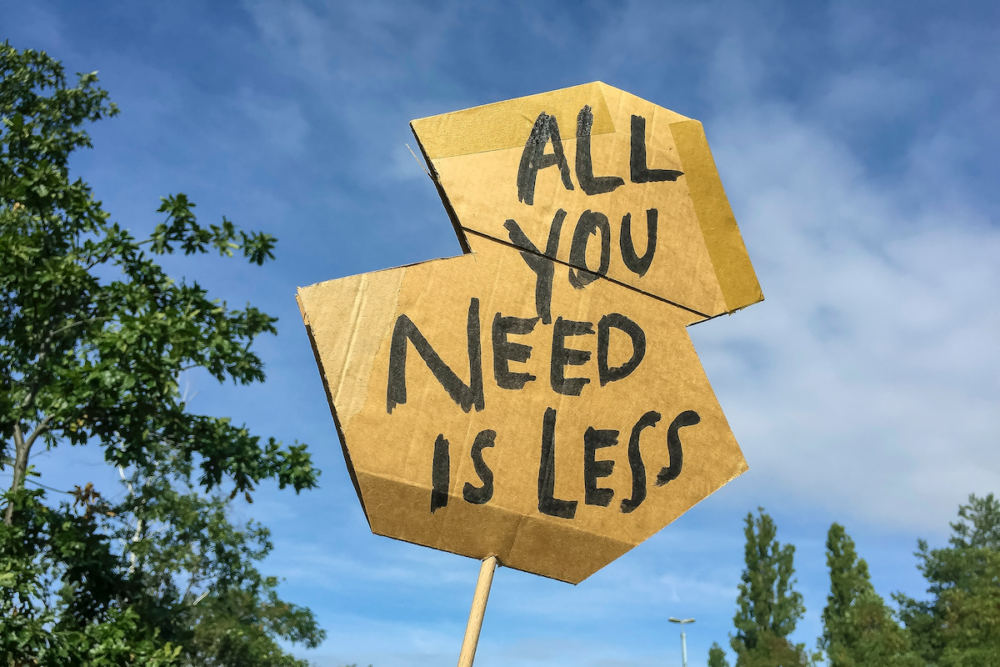
Today’s post is by author Amy L. Bernstein.
Benjamin Franklin once wrote to the Royal Society of London: “I have already made this paper too long, for which I must crave pardon, not having now time to make it shorter.”
Yes, writing short can be far more difficult than letting the pen rip. And writing a short description of your novel — like the three tight paragraphs you need in a query letter — is one of the hardest tasks of all.
So much can and often does go wrong. By “wrong,” I mean that authors often set out to do the opposite of what they ought to do.
The default position usually involves stringing together as many plot points as possible. As in: This happens, then this happens, and then this happens.
While a chronological narrative describing how your story unfolds may be the backbone of a full-blooded synopsis, it’s virtually the opposite of what you want in your short description, especially for a query.
For one thing, you can’t possibly squeeze in all the plot or action in three short paragraphs. For another, too much plot results in a lack of focus—at the expense of a clear concept and a clear window onto the protagonist’s wants, needs, obstacles, and how her story ends.
The sooner you stop trying to tell the whole darn story as if you were writing CliffsNotes, the sooner you can focus on writing a description that captures the reader’s attention.
Consider this precious real estate. Every square inch—i.e., every word—needs to be packed with meaning, and every sentence needs to lead us onto the next, not by jumping from scene to scene, but from one vital turning point in the story to the next.
The connective tissue of a short book description is a potent blend of emotion and meaning. You must leave out most of the incidents and characters to achieve the clarity that reveals the feeling your story engenders as well as what it all adds up to—what it means to the reader.
Three short paragraphs are enough, believe it or not, to create this connective tissue built upon high stakes, tensions and obstacles, and a satisfying resolution (or at least, a hint about how the story ends).
But this is not enough space to jam in backstory about your protagonist’s early childhood, the name of the street he lives on, or the names of his three best friends. What do such details tell us about where the story is headed and why that matters? Nothing.
The truth is, it’s much easier to write a very short book description badly than to write it well. As Franklin surmised, writing short is devilishly difficult.
Here are some specific pitfalls to avoid:
1. Forget the phrase “my story is about.”
That word, about, will trick you into stringing together a series of plot points or individual scenes that may not actually tell us (in an interesting way) what the story is about, only some stuff that happens. The reader (an agent, editor, or publisher) wants to grab hold of the concept—the book’s big idea and the emotions it evokes.
Suppose you were pitching the fairytale, Cinderella. Instead of setting out to tell the reader how she ends up an orphan forced to wait on her evil stepmother, give us the bigger picture.
In Cinderella, a lonely orphaned girl meets and falls in love with a prince and lives happily ever after—with a little help from a magical fairy godmother and her own open and forgiving heart.
Notice how that brief summary doesn’t offer a blow-by-blow account of what happens. It doesn’t even mention the evil stepmother! Actually, Cinderella’s stepmother and stepsisters may cause her misery, but they are not the direct catalysts of her growth and change: the fairy godmother plays that role, as does the prince when he chases after her. And note the nod to the protagonist’s inner character—her essential goodness. It’s hard to get that (quickly) from story alone.
2. Don’t report your story as it unfolds chronologically.
Instead, gather up the three or four most important things that happen (mainly to the protagonist) even if these events skip across time. Choose the turning points that bring us inevitably to the climax. This approach is like stringing beads on a necklace, but instead of including every bead in the box, you only pick the biggest, brightest, and shiniest. This necklace must sparkle!
3. Don’t start with or include unnecessary backstory.
This includes where the protagonist lives or went to school, unless that’s essential to the action or critical to the setting. Ask yourself: Does the reader need this detail to feel the story’s beating heart and gather its larger meaning? Eye color won’t do that.
Also, you might be tempted to kick off with a perceived inciting incident that’s actually nonessential backstory. For instance, don’t start with: “When Susie left Cleveland for college in San Francisco…” if in fact every important scene, and the point of the book as a whole, takes place after Susie has moved to San Francisco, and perhaps beyond that.
4. Don’t name multiple characters and try to explain all the relationships.
Focus on the protagonist and, say, his love interest or nemesis. That’s usually enough. Naming six characters in three paragraphs distracts the reader from the book’s key concepts—and indeed, makes it impossible to lay out an overarching concept.
5. Keep the description focused mainly on the protagonist, not on secondary characters.
That should help you focus on the critical actions that matter and help us see how the main character grows and changes. In genre fiction, such as romance, you’ll want to focus on the pair of lovers, which means following two characters—but primarily in relation to one another, like moons orbiting the same planet.
The secret to writing a very short book description—apart from having endless patience and drafting and revising countless times—is to remember its purpose. This is the text that sells the book’s sizzle. It’s not intended to familiarize the reader with the entire story and everyone in it. Give us just enough to care, to empathize with the protagonist’s plight, and then leave us wanting just a bit more.
By the way: I could have written a much longer article on this topic, but I took extra time to write only as much as I needed to drive the key points home.

Amy L. Bernstein has worked with three traditional publishers who believed in her unagented work. Her latest nonfiction book, Wrangling the Doubt Monster: Fighting Fears, Finding Inspiration, is due out in September from Bancroft Press. Learn more here.

I’ve pared this down to its essential elements in 22 words. Now I wonder whether it’s enough.
“A troubled career journalist sees certain doom in traditional retirement and flees Hawaii for adventure and healing as a solo world traveler.”
David, nice logline. Can’t wait for the major motion picture.
LOL! Thank you.
Maybe include something about all the Advil?
I’ve read lots of ‘how to create a blurb’ articles. None of those every broke down ‘why’ to do it the way they described. This one does. Very useful, and I’ll be passing it along.
Anne, I’m so glad the piece contains useful advice for you. That’s always my goal!
Excellent post, Amy. I especially love your first tip – it’s a lesson all new writers should take to heart.
I love the necklace analogy! The key events, the “biggest, brightest, and shiniest” beads, are your story’s heart. It reminds me of the larger Our Father beads in a rosary, drawing focus and contemplation.
Very helpful! Thank you!
Much like book descriptions, blog articles that zero in on the essentials of a topic and offer the most important actionable advice take some skill. Thank you for sharing yours. Not only am I bookmarking this for myself, but plan to keep it handy for every time a fellow writer is struggling with their description.
Teddi, I’m thrilled that this is so useful. Happy writing!
Everything I’m reading lately seems to be on the theme of ‘less is more’! So I’m taking it to heart by paring down my belongings, my email subscriptions, and now, my writing!